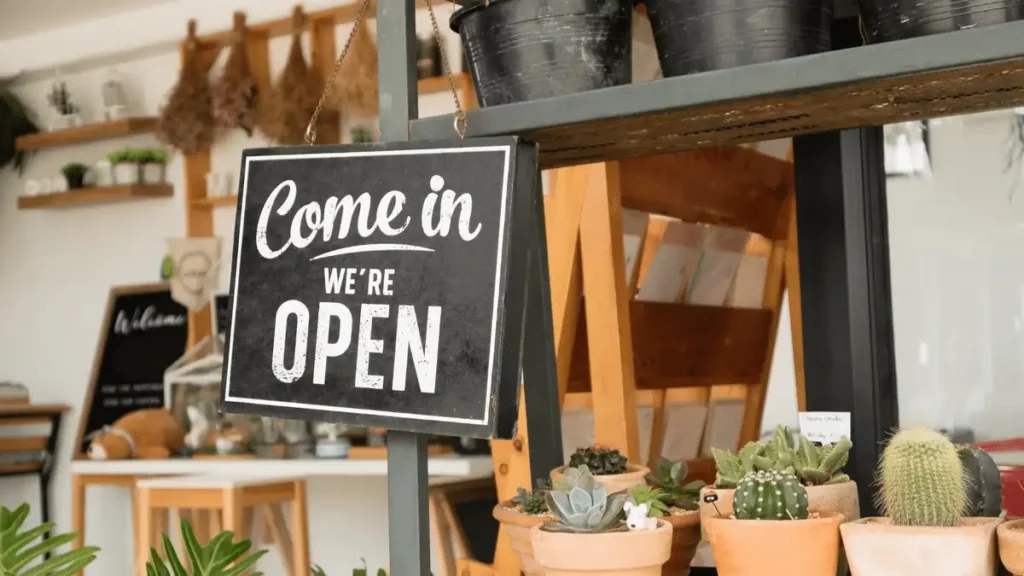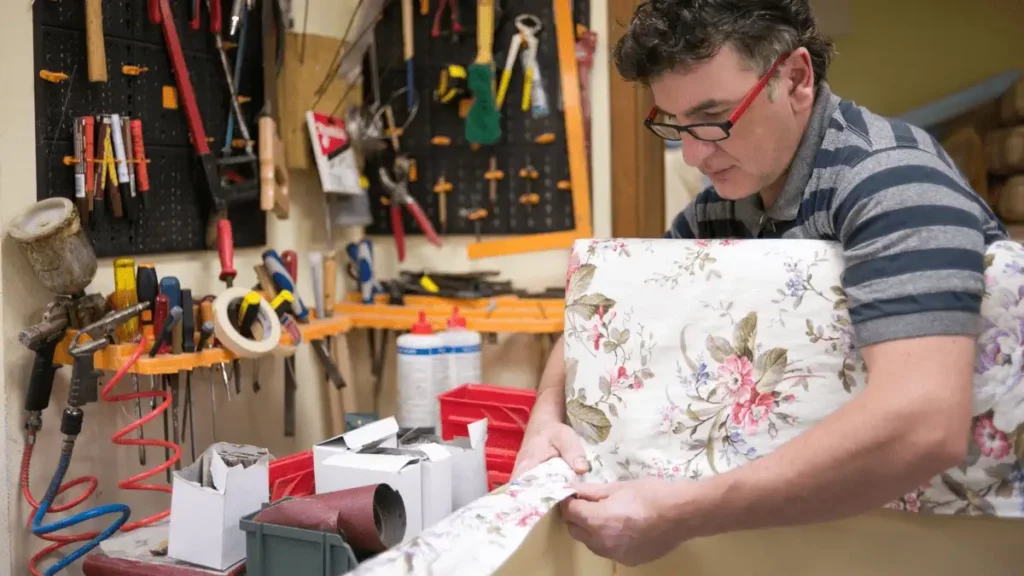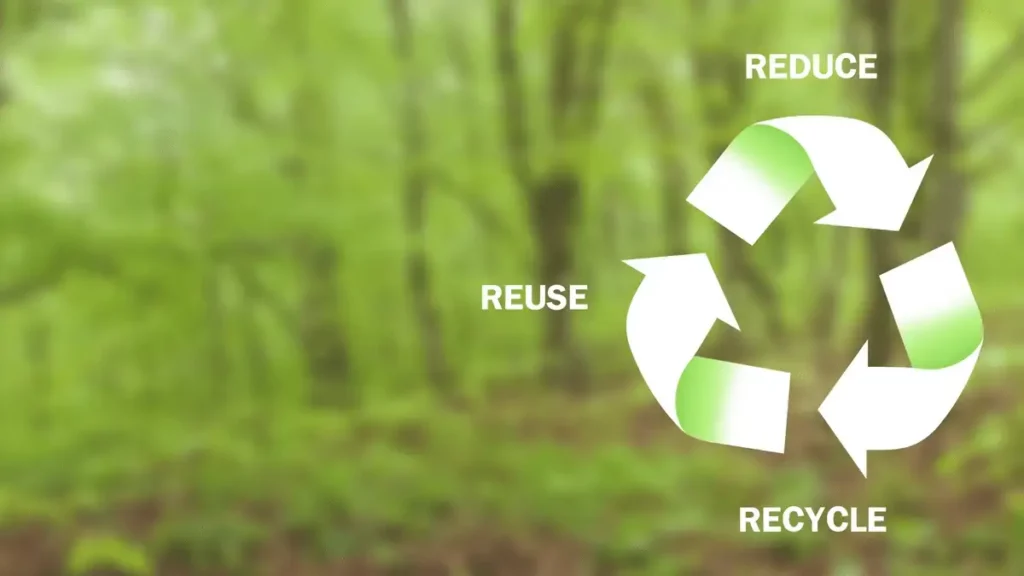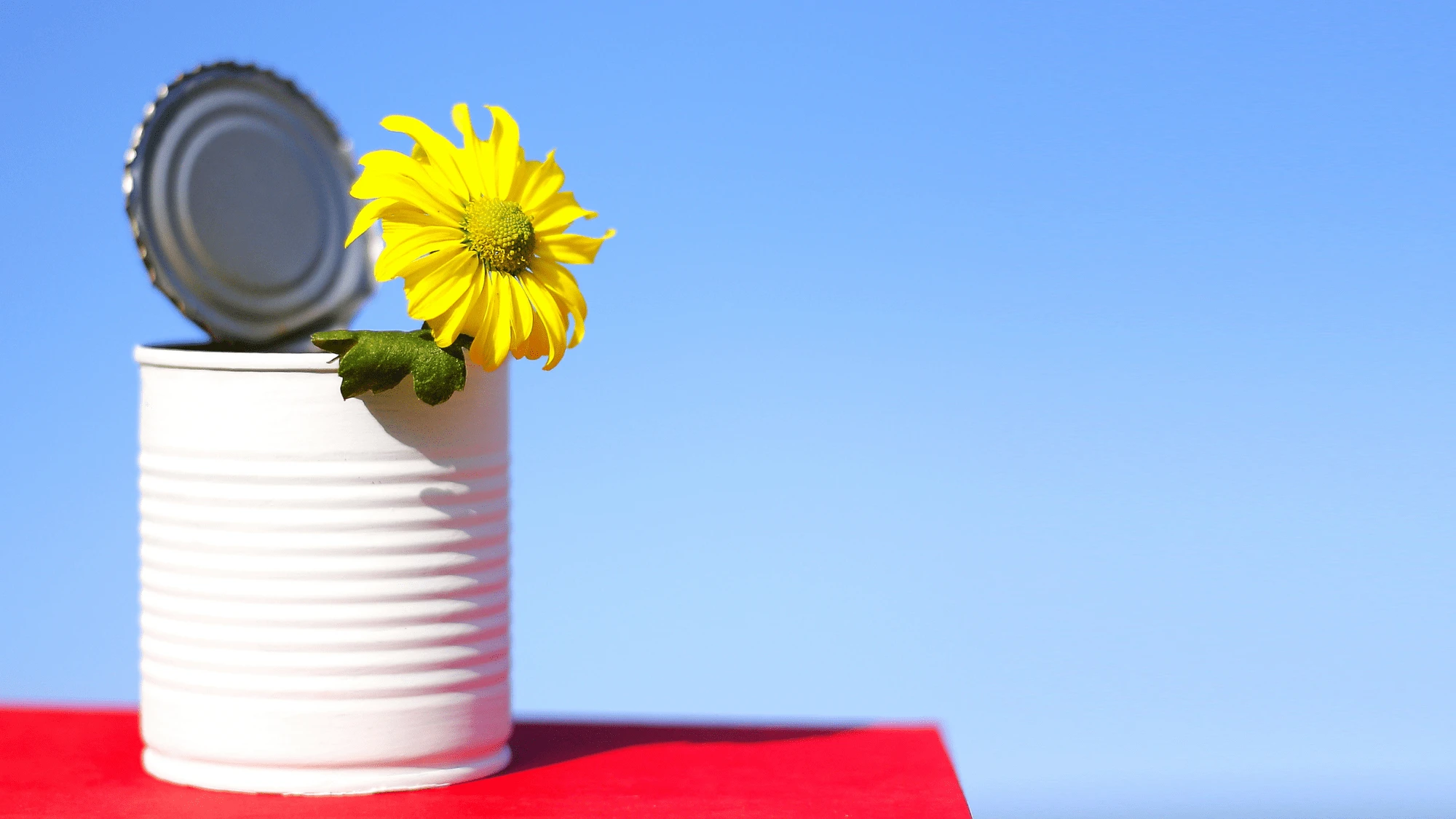In sustainable interior design, elements that have had a second life are increasingly valued, recycling and reusing is fashionable.
Reusable objects and furniture
Reusing or recycling furniture and other objects is a growing trend that, in addition to supporting sustainable development, reflects the idea that reused objects are as practical and beautiful as new ones, but with the added value of having more history and personality.

New furniture vs. recycled furniture
At one time, filling our homes with new acquisitions was a symbol of status and good taste. This boosted the increase in the manufacture of lower quality pieces and furniture, which allow us to have access to cheaper products, but also less durable.
Have you never heard from your parents that phrase “Before, the furniture we bought was for life”?
This idea of manufacturing for a short functional life increases waste and overexploits raw materials, thus endangering animal habitats and reserves. Its manufacture generates toxic waste and both its production and distribution increase our carbon footprint.
However, new trends point towards a more efficient design , capable of giving a new life to almost any object. By giving them new functionality and improving them through creativity, we make them somewhat artistic and give them a “soul”. In this way, we make any space much more interesting, attractive, warm and personal.
How does it affect climate change?
But, beyond trends, ecology is a subject to take seriously. Climate change has also put the focus on the production and consumption system, and we begin to consider what environmental impact our decisions will have.
We are taking part in a social and environmental regeneration and, also from interior design, we want to build a healthy habitat, capable of embodying our personality, but also our values, without contributing to reinforcing practices that could be harmful to the planet.
We started asking questions…

We want to finance other types of industries: more responsible, less harmful. We want to participate in a fairer, more local and less wasteful economy. And we also want our money to be better invested and to reach the right hands faster. So we started asking questions:
Do I really need this item? Where does the material with which it was built come from? How much did it cost to transport it? How much water was used in its manufacture and how much was contaminated? Why so much packaging? Where does the plastic go?
And one last question: if I don’t like the answers to those questions, what can I do to avoid it?
Reduce, reuse and recycle!
Reduce, reuse and recycle : three simple words that give us the answer to our ecological concerns.
How to reduce our waste?
The best way to reduce our waste is, of course, to think carefully before making a new purchase.
Perhaps a new cover for the old sofa is not only a more ecological solution, but also much cheaper than buying a new sofa. And, if we finally decide to buy, we can choose to choose second-hand items. In addition, we must opt for materials that are long-lasting, whatever their composition.
The paint, for example, if it is of quality, will hold up better and will reduce the need to repaint in a short time. Researching the List of ingredients” that make up our acquisition will make the task easier for us.

Materials such as glass can be used many times and for different purposes. In decoration, for example, they give a rustic and homely touch to the pantry.
Reusable bags, cloth napkins, cork stoppers… Reusing means avoiding disposables and, by doing so, saving the planet from the environmental damage caused by a new production.
What do we get by recycling?
Thanks to recycling, waste becomes new products or material resources with which to manufacture new ones.
We can take our objects to the corresponding recycling point or recycle them ourselves. Recycling is a fantastic and creative way to salvage an object to give it a better use. Sandpaper and paint are great allies of recycling in interior design.
Old mirrors from our aunts or grandmothers, old shelves, tables or armchairs worn out by use look like new again and become invaluable pieces in the hands of good professionals. After all, unique, handmade products are worth more than those that have been mass-produced in wholesale stores.

If, after considering it, we are sure that we are not going to use an object again, it is undoubtedly best to remove it from our home.
Free space can be more valuable than any other item. However, before discarding it definitively, let’s ask our friends and acquaintances. Perhaps we can make an exchange or a donation.
Choose sustainable materials
On the other hand, if we choose to introduce a new object at home, let’s choose consciously.
We can opt for fair trade items, for objects that minimize their packaging, made close to our town or that have caused less impact for their manufacture and require less energy for transport.
We can choose sustainable materials, such as environmentally certified wood or from recycling .
As consumers, we have the power to choose sustainable design. Let’s use it to improve the world!
🏚️ Now you know how to support the environment by recycling objects, and you may want to know how you can recycle and create an ecological piece of furniture .
